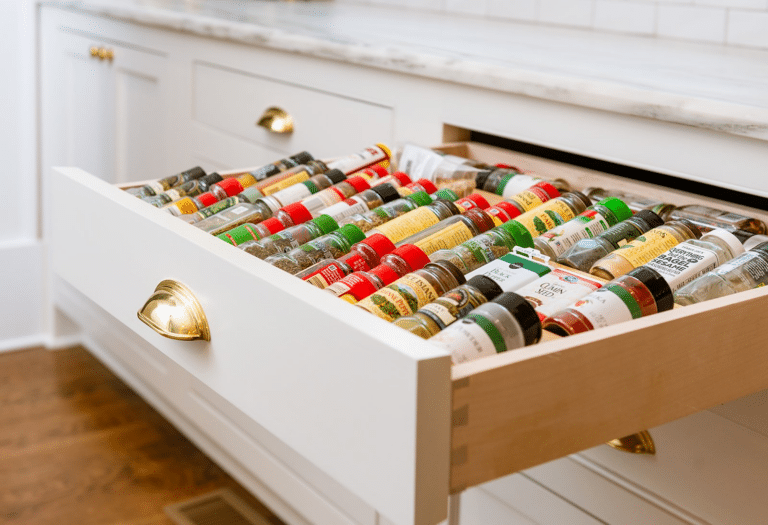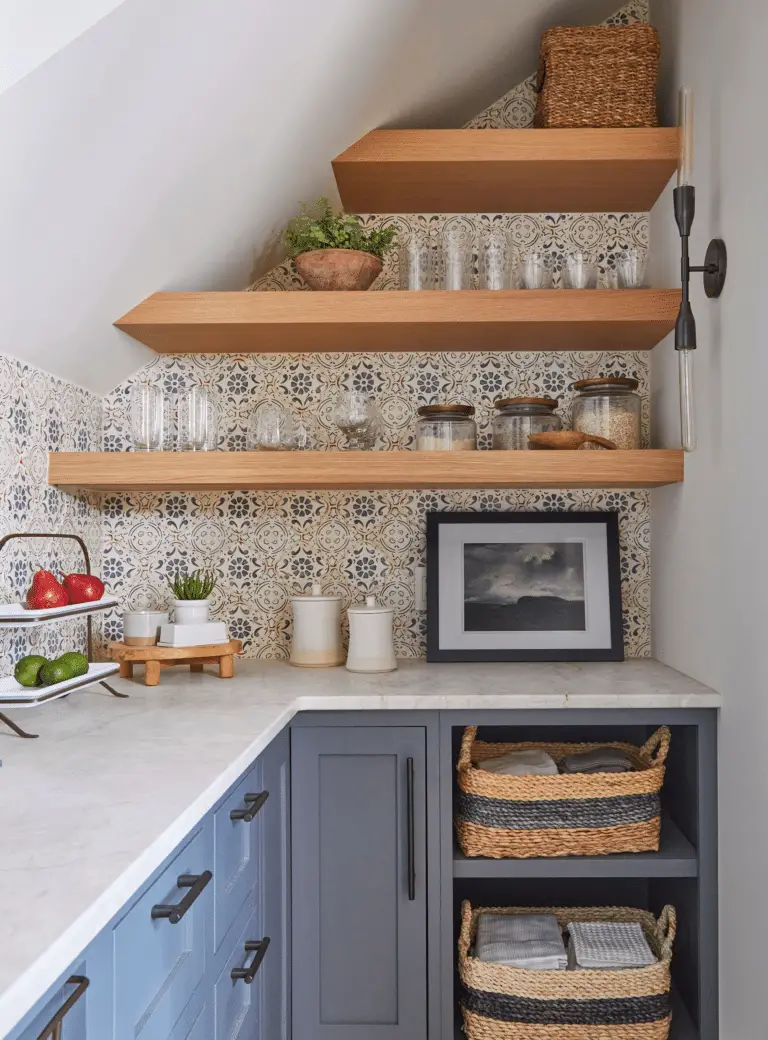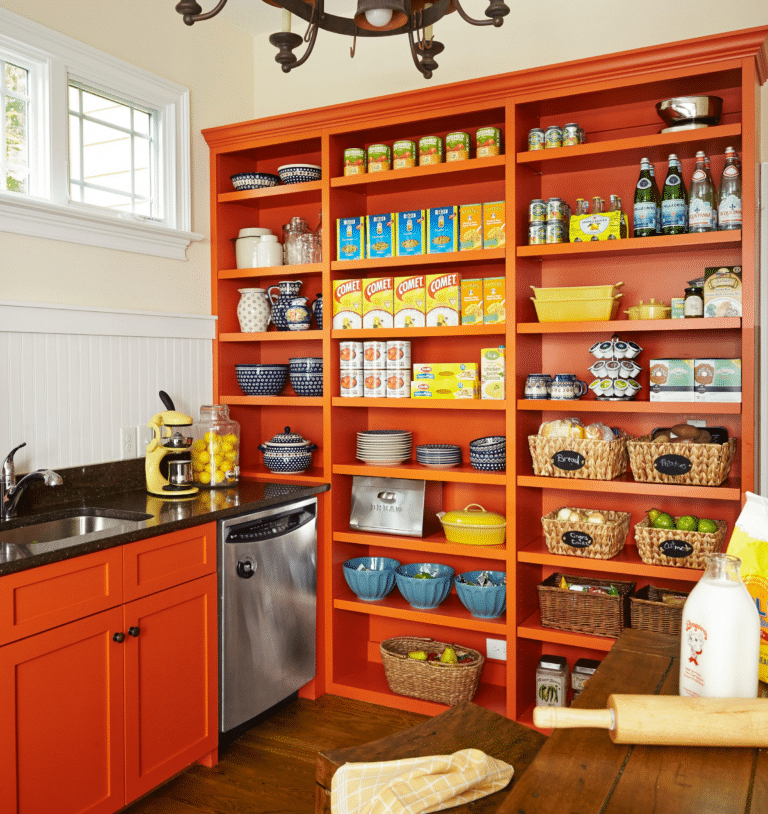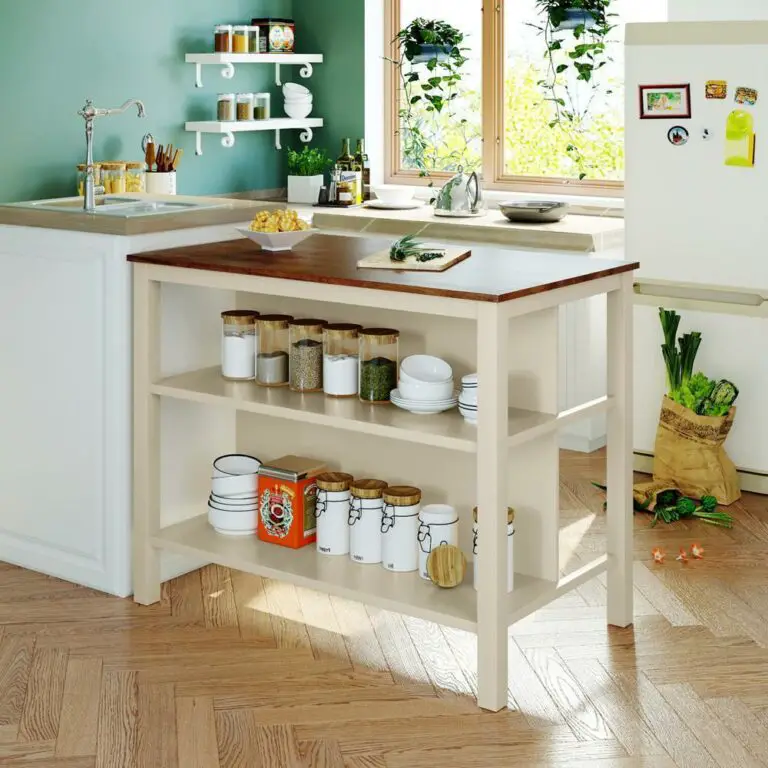Welcome to the ultimate guide on protecting items in a doorless pantry! From understanding the challenges to practical tips on organizing, selecting the right containers, and proper placement of items – this blog post covers it all. Learn how strategic arrangement, quality containers, and regular maintenance can keep your pantry free from dust, pests, and humidity.
Say goodbye to pantry woes and hello to a well-protected storage space! Let’s dive in and safeguard your pantry items effectively.
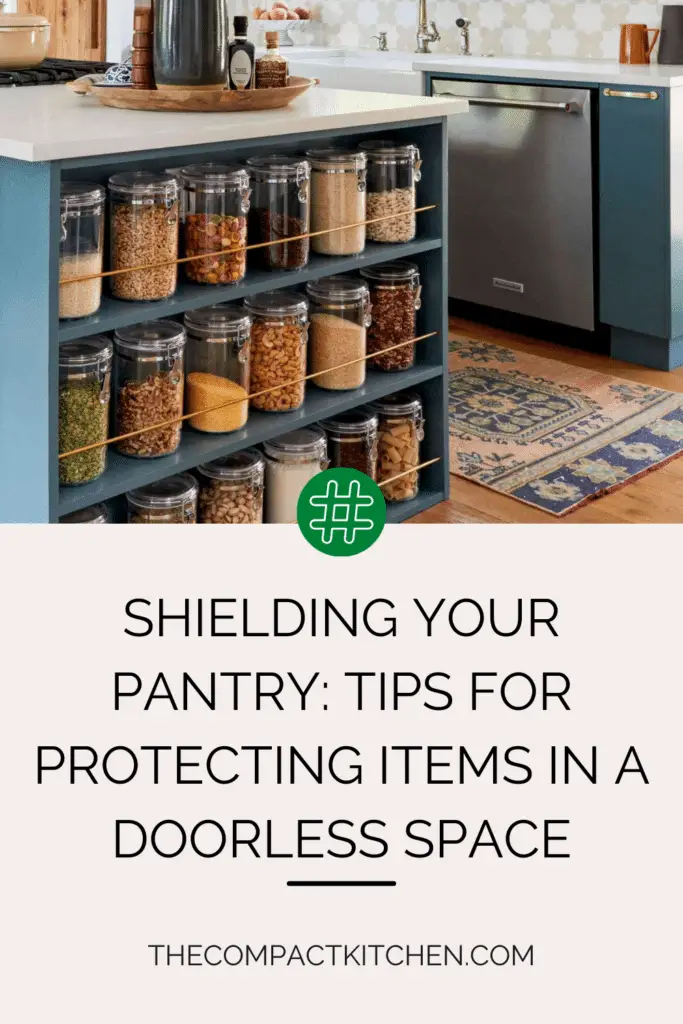
Understanding the Challenges of a Doorless Pantry
Having a pantry without a door comes with its own set of challenges that can make organizing and maintaining the space more difficult. One of the main issues faced with a doorless pantry is the vulnerability to external elements such as dust, pests, humidity, and potential spills.
Exploration of Ongoing Problems
Without a door to protect the items inside, a pantry is more exposed to the environment, leading to increased dust accumulation on pantry items. Additionally, pests such as ants, cockroaches, and rodents find it easier to access the food stored in a doorless pantry, posing a threat to the cleanliness and safety of the items stored.
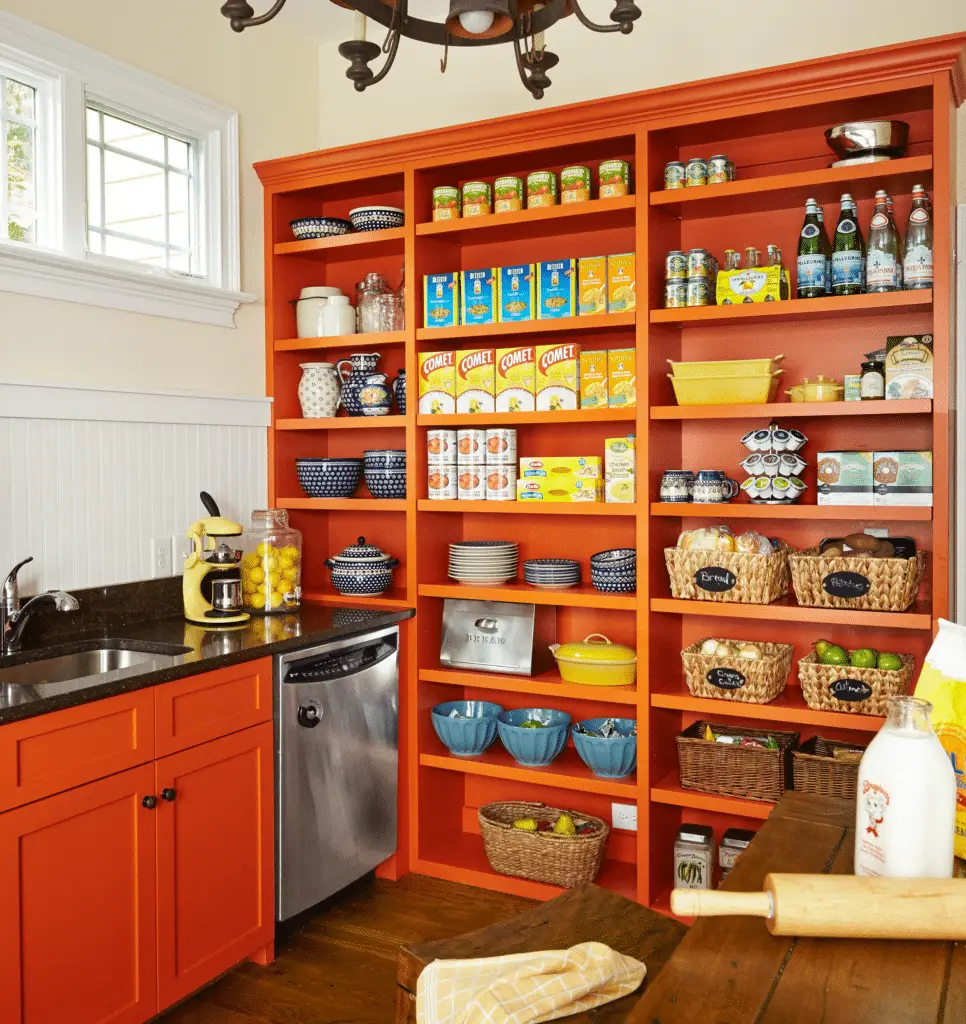
The absence of a door also makes the pantry more susceptible to humidity, which can lead to spoilage of food items. Furthermore, potential spills from other kitchen activities can easily find their way into a doorless pantry, creating mess and potential contamination.
Tips for Organizing a Doorless Pantry
When it comes to maintaining a doorless pantry, organization is key. Without a barrier to shield your items, it’s crucial to take proactive steps to keep everything tidy and protected. Here are some practical tips to help you navigate the challenges of a pantry without a door:
1. Maintain Cleanliness and Organization
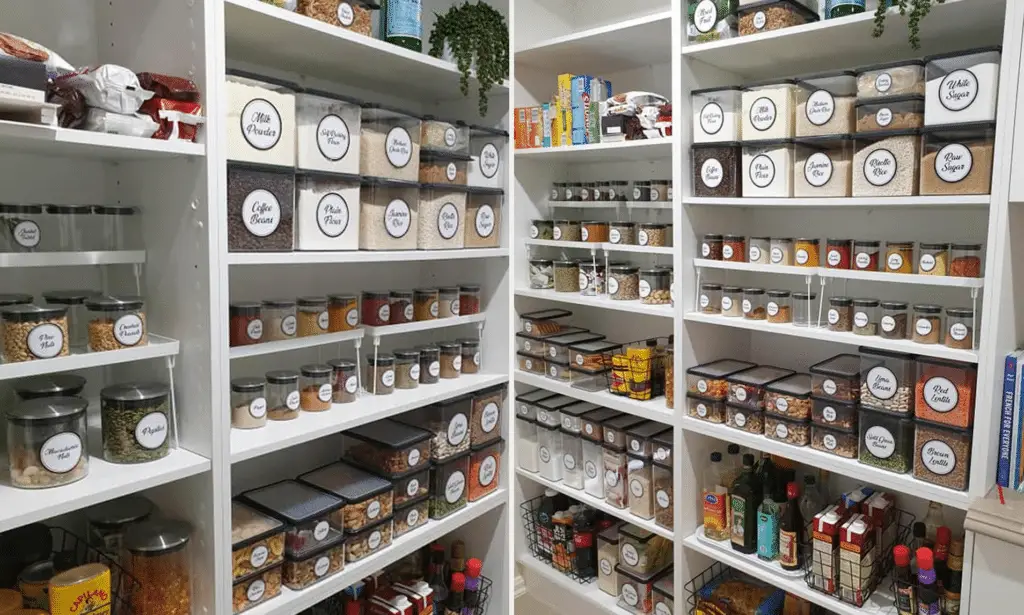
One of the first steps in organizing a doorless pantry is to keep it clean and clutter-free. Regularly wipe down shelves, sweep the floor, and discard any expired items. By maintaining a clean space, you can reduce the risk of attracting pests and keep your pantry looking neat and organized.
2. Select Appropriate Food Storage Containers

Investing in high-quality food storage containers is essential for protecting items in a doorless pantry. Opt for air-tight containers that can keep food fresh and prevent pests from infiltrating. Consider using different sizes and shapes to accommodate various pantry items, from grains to spices.
3. Rotate and Categorize Pantry Items
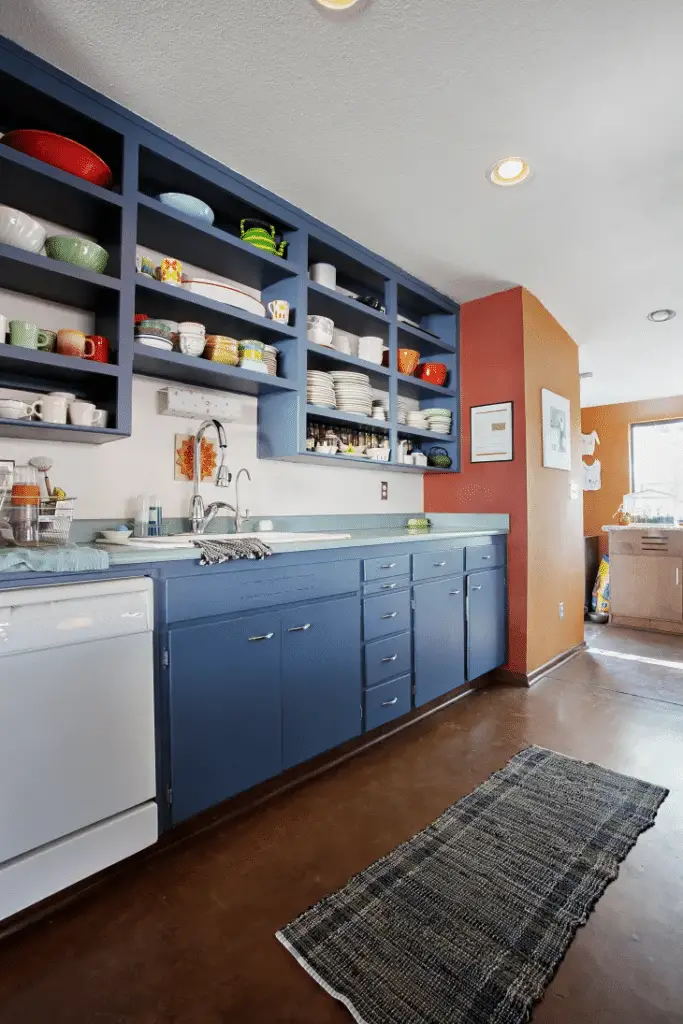
To maximize efficiency and prevent food waste, make sure to rotate your pantry items regularly. Use the “first in, first out” method to ensure that older items are used before newer ones. Additionally, categorize your items by type (e.g., baking supplies, canned goods) to make it easier to locate what you need.
Using the Right Containers and Tools for Protection
When it comes to protecting items in a doorless pantry, the right containers and tools can make all the difference. Investing in high-quality containers is not just a matter of aesthetics or organization; it can significantly impact the shelf life and quality of your pantry staples. Let’s delve into the benefits of using the right containers and tools, explore different types of containers suitable for various pantry items, and discuss the value of sealable, air-tight containers.
The Benefits of Using High-Quality Containers and Tools

High-quality containers and tools offer a range of benefits when it comes to protecting items in your doorless pantry. Not only do they provide a more durable and secure storage solution, but they can also help maintain the freshness of your food items. Investing in quality containers can prevent spills, keep pests at bay, and protect your pantry staples from humidity and other environmental factors. Additionally, well-designed containers and tools make it easier to keep your pantry organized and maintain a clutter-free space.
Different Types of Containers Suitable for Various Pantry Items

When it comes to organizing a doorless pantry, selecting the right containers for different types of items is crucial. Plastic containers are a popular choice for dry goods like cereal, pasta, and grains, as they are lightweight, durable, and easy to clean. Glass containers, on the other hand, are ideal for storing liquids and perishable items, as they are non-porous and do not absorb odors. It’s important to consider the material, size, and shape of the containers based on the specific needs of the items you plan to store.
The Value of Investing in Sealable, Air-Tight Containers
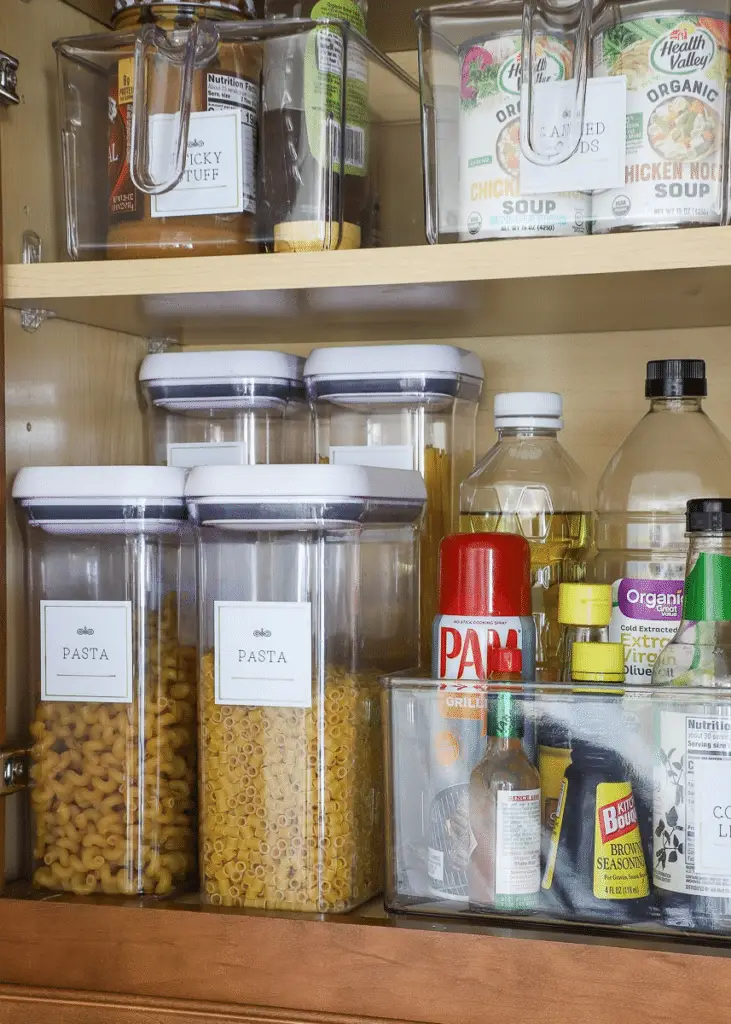
One of the key factors in protecting pantry items is ensuring they are stored in sealable, air-tight containers. These containers create a barrier against moisture, air, and pests, helping to prolong the freshness and quality of your food items. Air-tight containers also prevent odors from spreading and maintain the flavor of your pantry staples for longer periods. Investing in sealable containers may require a higher initial cost, but the long-term benefits in terms of food preservation and pantry maintenance make it a worthwhile investment.
By choosing the right containers and tools for your doorless pantry, you can effectively protect your items from dust, pests, humidity, and spills. Whether you opt for plastic or glass containers, prioritize sealable, air-tight options to ensure the longevity of your pantry staples. Remember, the key to successful pantry organization lies in the careful selection of containers and tools that not only keep your items safe but also make your pantry a more functional and visually appealing space.
Proper Placement of Items for Optimum Protection
When it comes to protecting items in a doorless pantry, proper placement is key. By strategically arranging your pantry items, you can further safeguard them from potential damage and ensure they stay fresh longer. Here are some recommendations on how to place your items for optimum protection:
1. Place Sensitive Items Higher Up
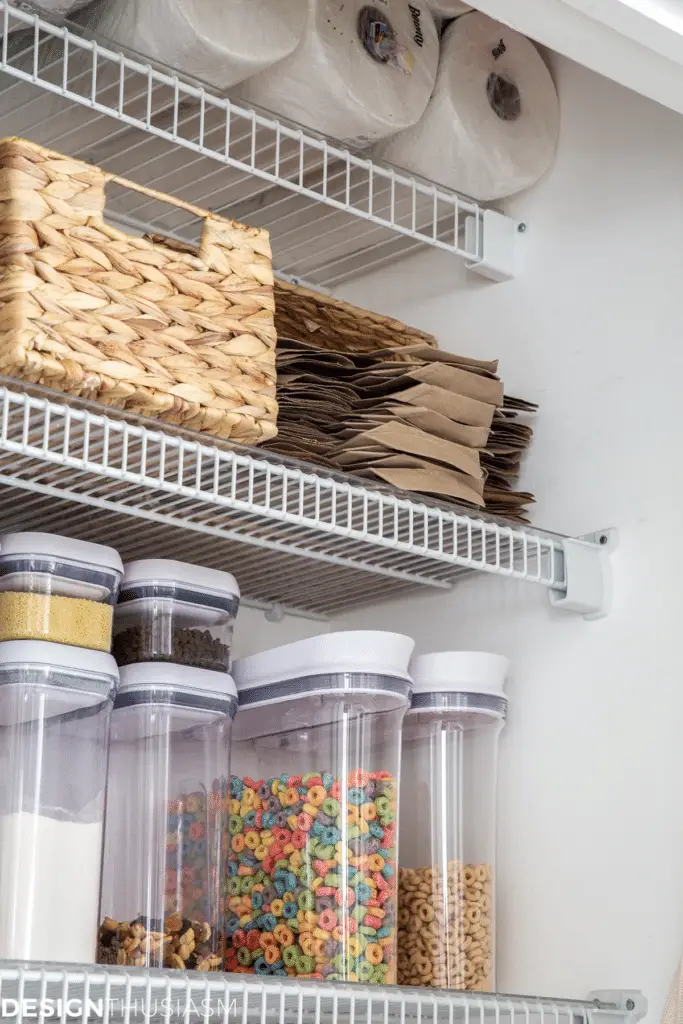
Items that are more susceptible to damage, such as spices, herbs, and delicate snacks, should be placed higher up in your pantry. By keeping these sensitive items out of reach of children and pets, you can prevent accidents and spills that could ruin them. Additionally, placing these items at a higher level can help protect them from moisture that may accumulate near the floor.
2. Store Robust Food Items Near the Floor
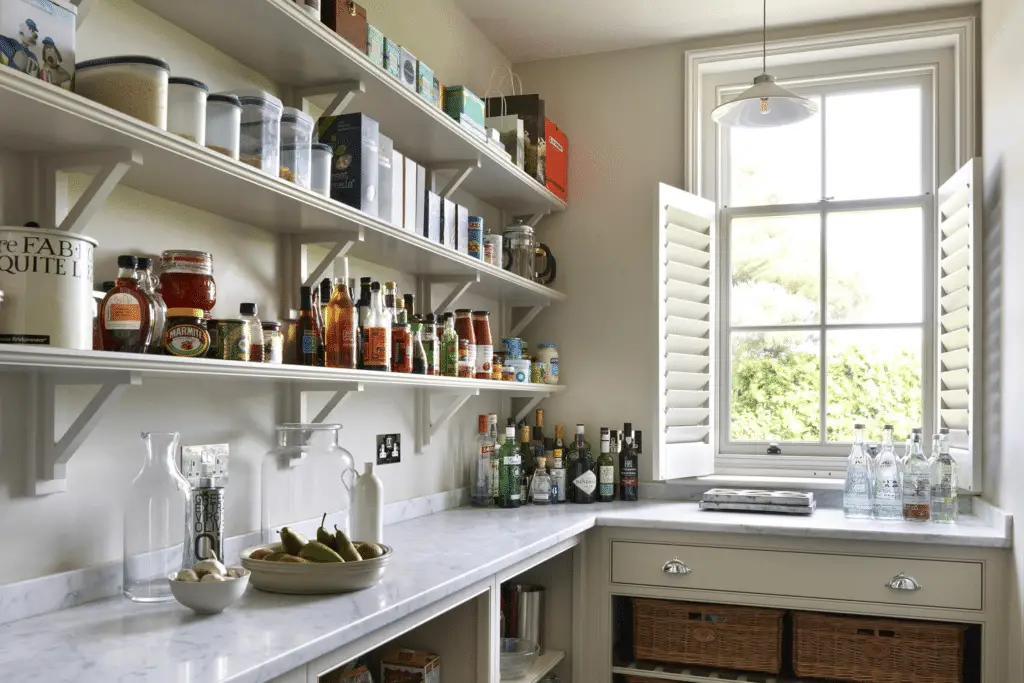
On the other hand, more robust food items like canned goods, bulk grains, and heavy kitchen appliances can be stored near the floor. Not only does this make it easier to access these heavier items, but it also helps to keep them stable and secure. Placing these items closer to the ground can also prevent any potential damage or breakage if they happen to fall.
3. Keep Items Away from Heat Sources and Moisture

It’s important to be mindful of where you place your pantry items in relation to heat sources and moisture. Foods that are sensitive to heat, such as oils, nuts, and certain spices, should be kept away from ovens, stoves, and direct sunlight to avoid spoiling or losing their flavor. Similarly, items that are prone to moisture damage, like cereals, dried fruits, and crackers, should be stored in air-tight containers and kept away from areas with high humidity.
By following these placement guidelines and being mindful of the environment in which you store your pantry items, you can better protect them from potential hazards and ensure they remain fresh and safe to consume.
Regular Maintenance and Cleaning of a Doorless Pantry
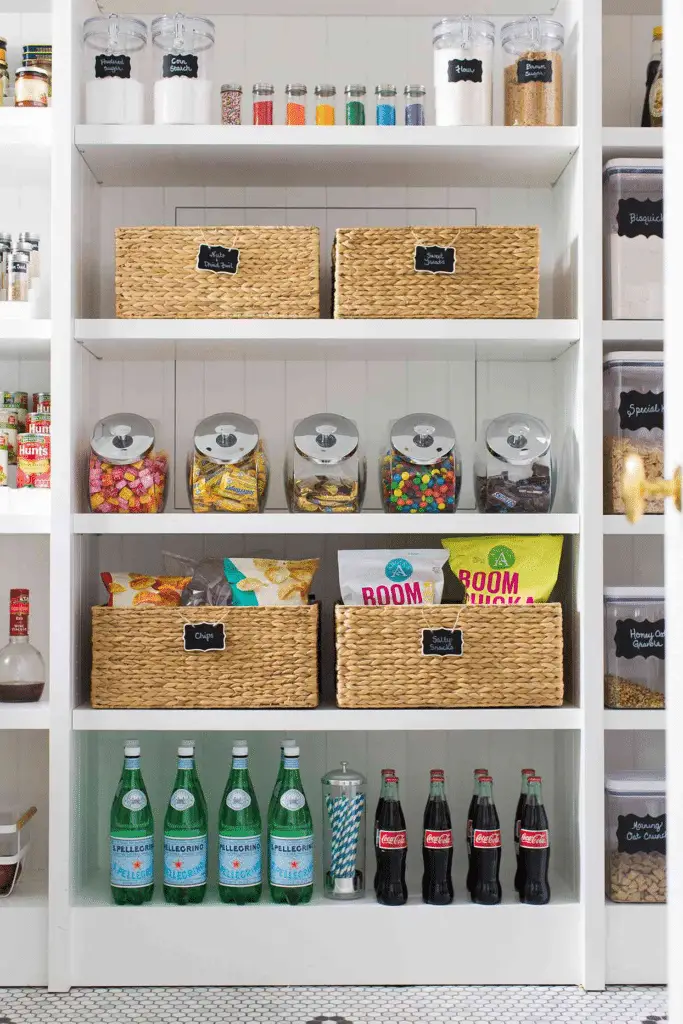
When it comes to protecting items in a doorless pantry, regular maintenance and cleaning are key factors in ensuring the longevity of your pantry items. Without a door to shield your food from external elements, it’s crucial to stay on top of cleaning to prevent pests and ensure food safety.
Emphasis on the need for regular cleaning to keep the pests away
One of the biggest challenges of a doorless pantry is the increased risk of pest infestations. Without a barrier to keep them out, pests like ants, roaches, and rodents can easily access your pantry items. Regular cleaning is essential to keep these unwanted visitors at bay. Wipe down shelves, sweep the floor, and check for any crumbs or spills that could attract pests.
Suggestions for doing spot checks for signs of pests and spoilage
In addition to regular cleaning, it’s important to do spot checks to ensure that pests haven’t made their way into your pantry. Look for signs of pest activity such as droppings, gnaw marks, or holes in packaging. Keep an eye out for any signs of spoilage as well, such as mold, strange odors, or expiration dates. By catching these issues early, you can prevent further contamination of your pantry items.
Importance of establishing a regular cleaning schedule for longer-lasting protection
To maintain the protection of your pantry items in the long run, it’s important to establish a regular cleaning schedule. Set aside time each week to clean and organize your pantry. This not only helps to keep pests away but also ensures that your food stays fresh and safe to consume. By staying proactive with maintenance and cleaning, you can prolong the life of your pantry items and enjoy a well-organized space.
Wrap Up: Safeguarding Your Goods in a Doorless Pantry
In the world of doorless pantries, protecting your items is key. From organizing with care to using the right containers, every step counts. Remember, prevention is better than cure – keep those pests at bay!
With regular maintenance and strategic placement, your pantry can stay safe and sound. So, roll up those sleeves, get organized, and safeguard your goods like a pro. Your pantry will thank you! #ProtectingDoorlessPantry



